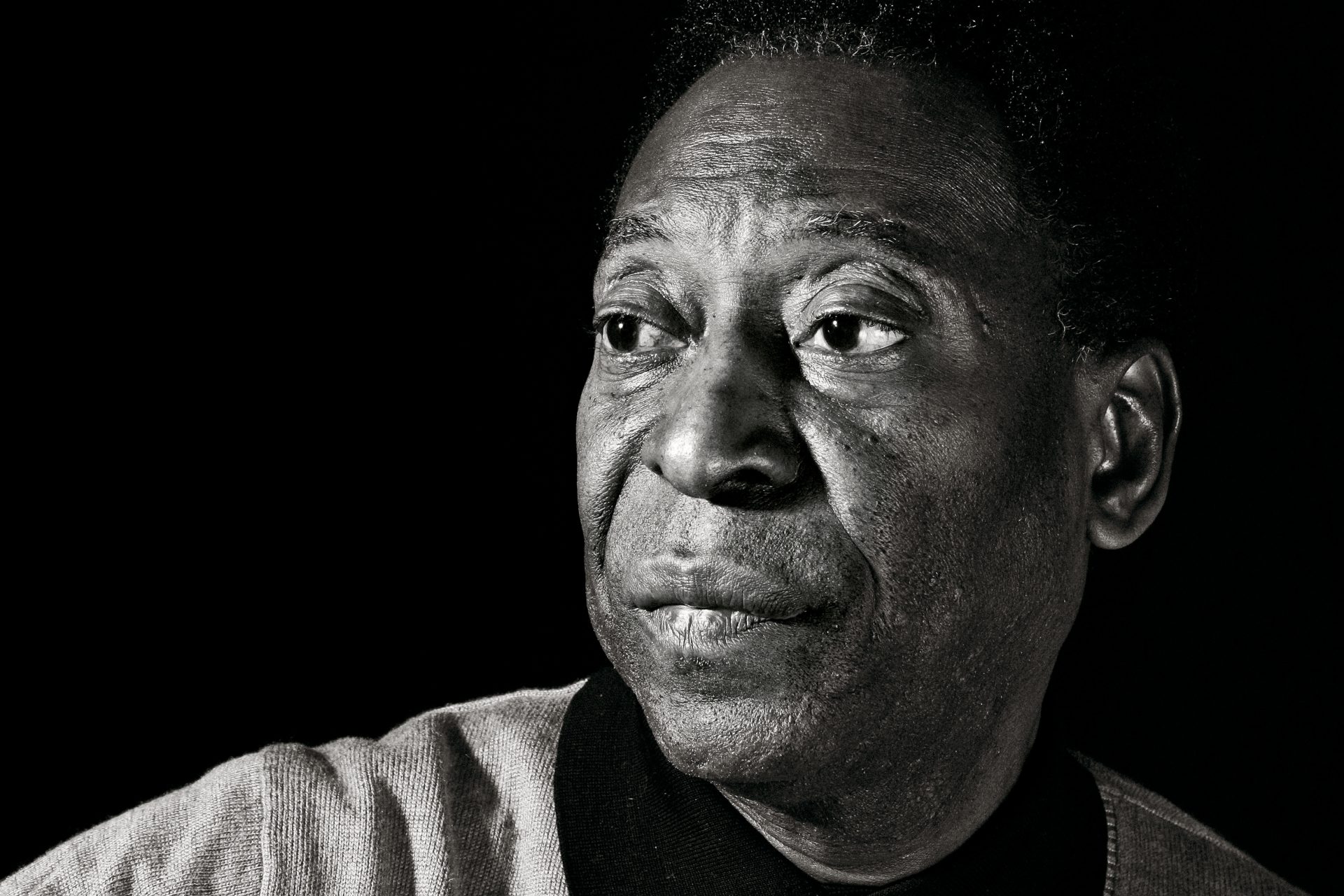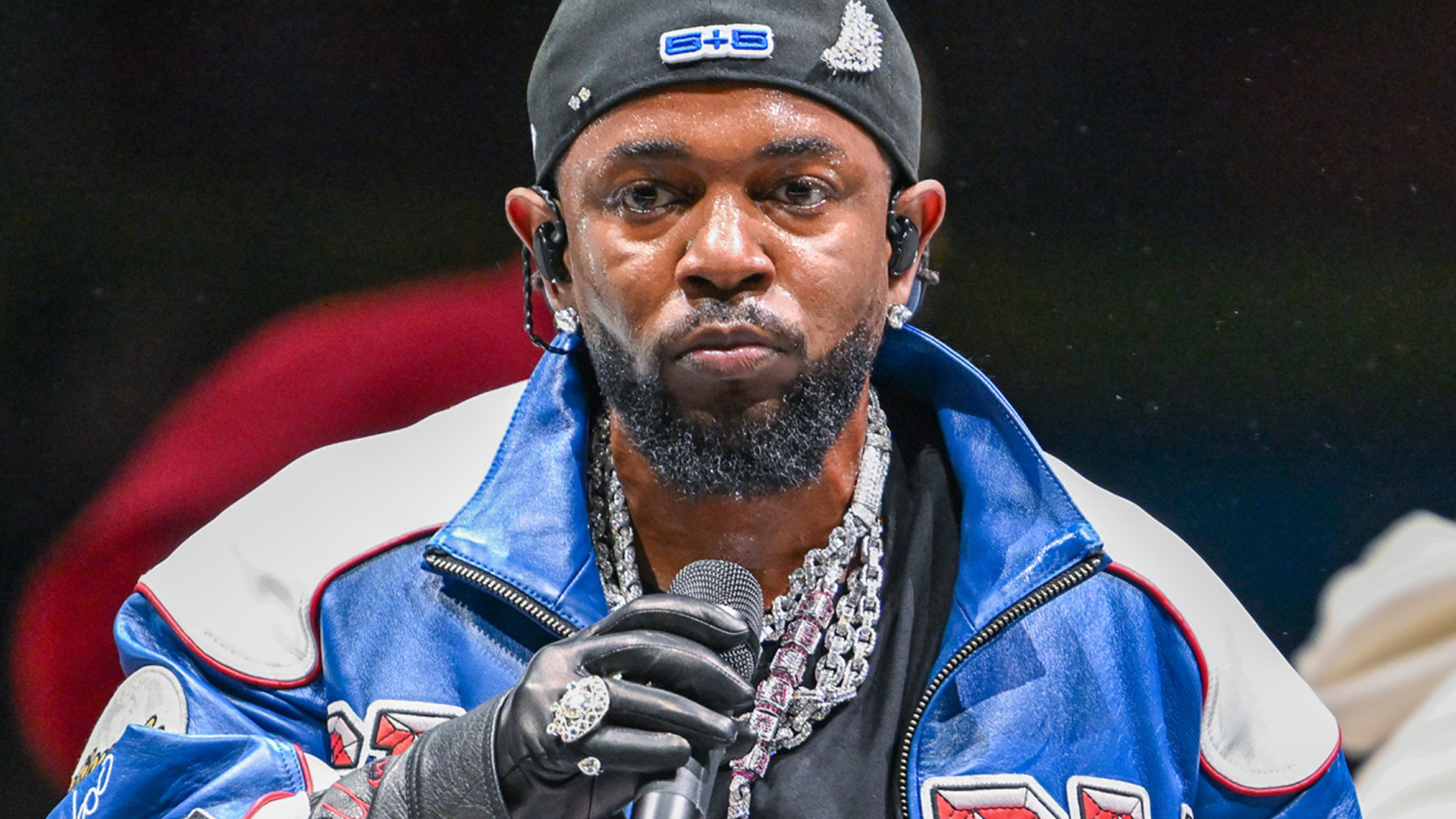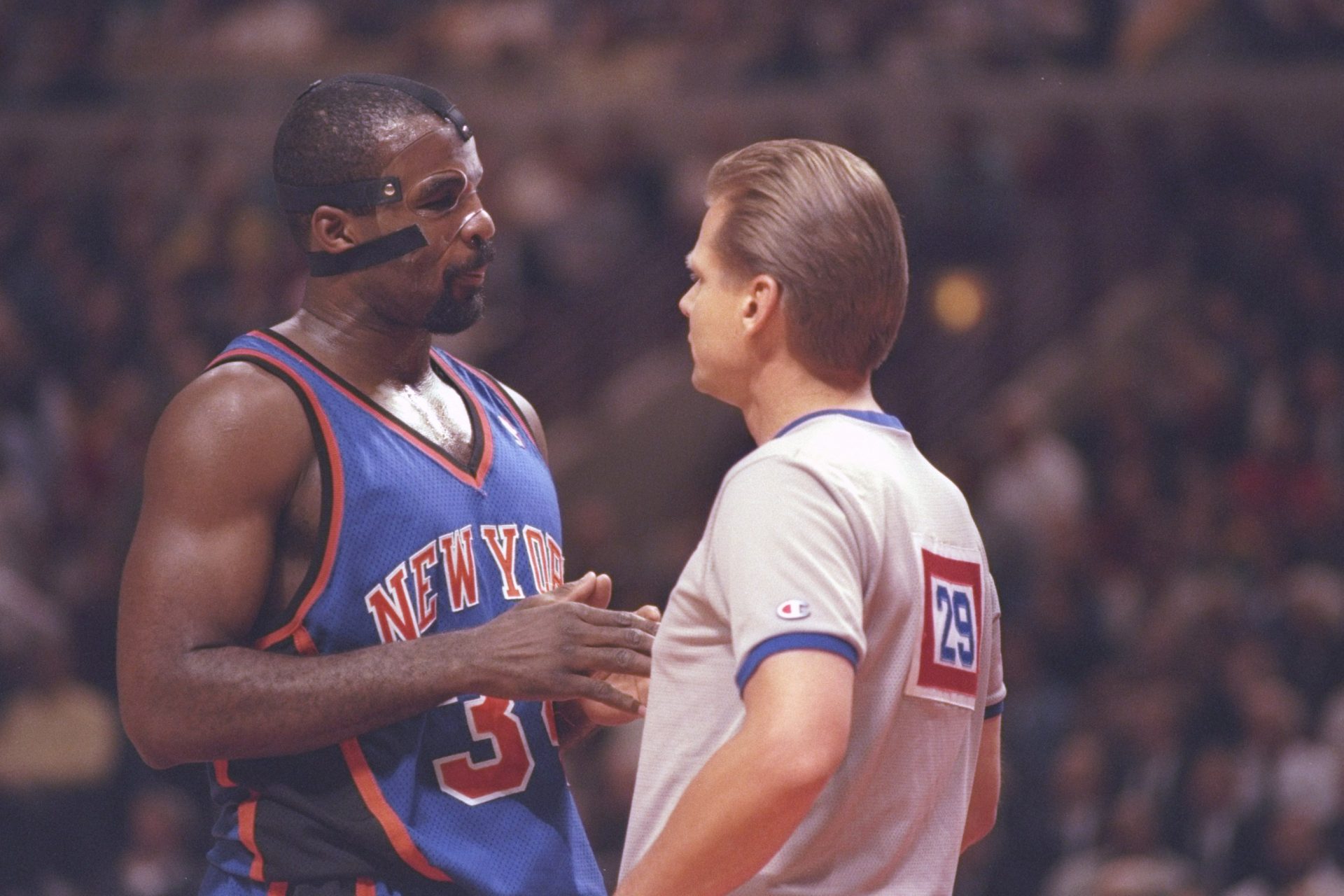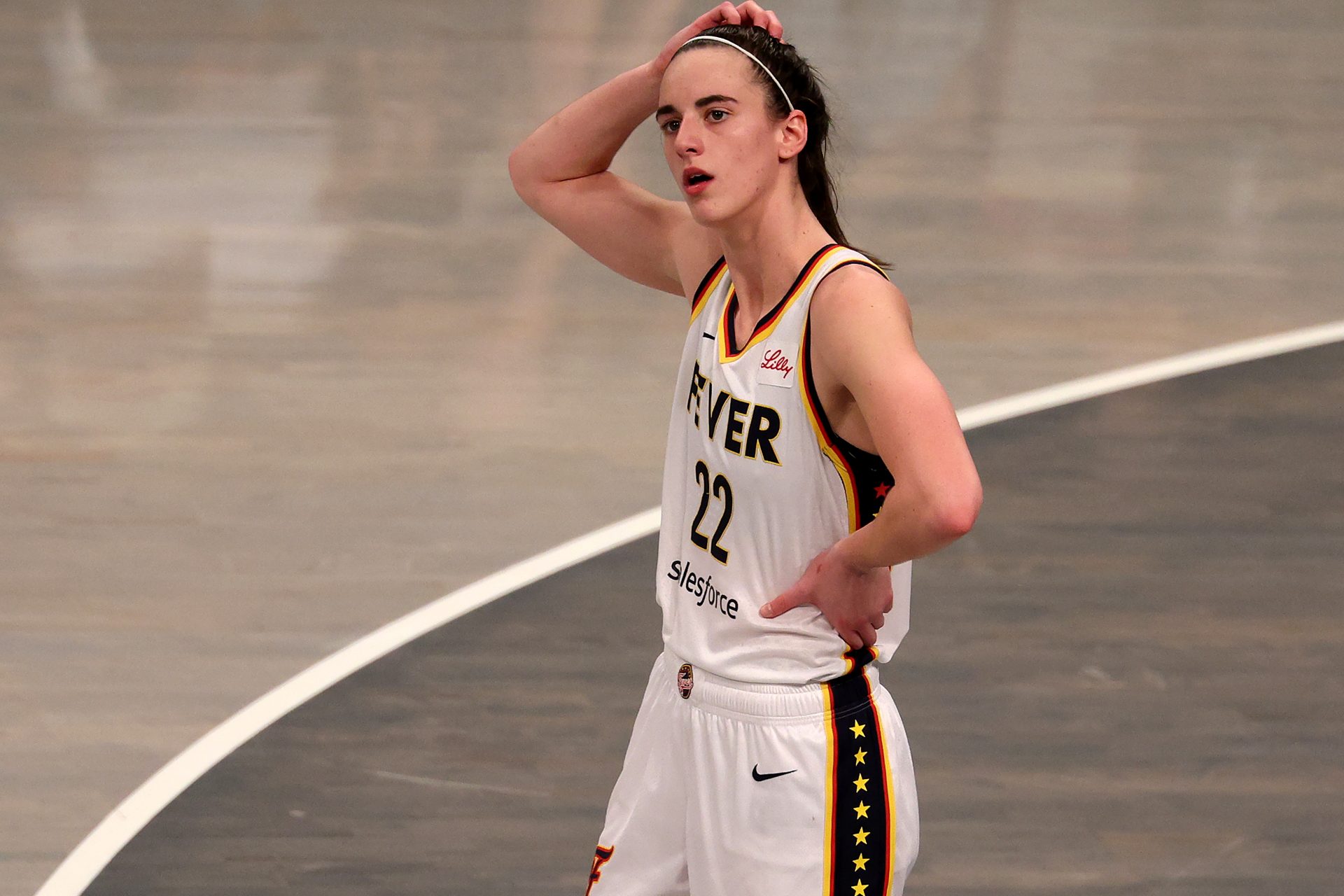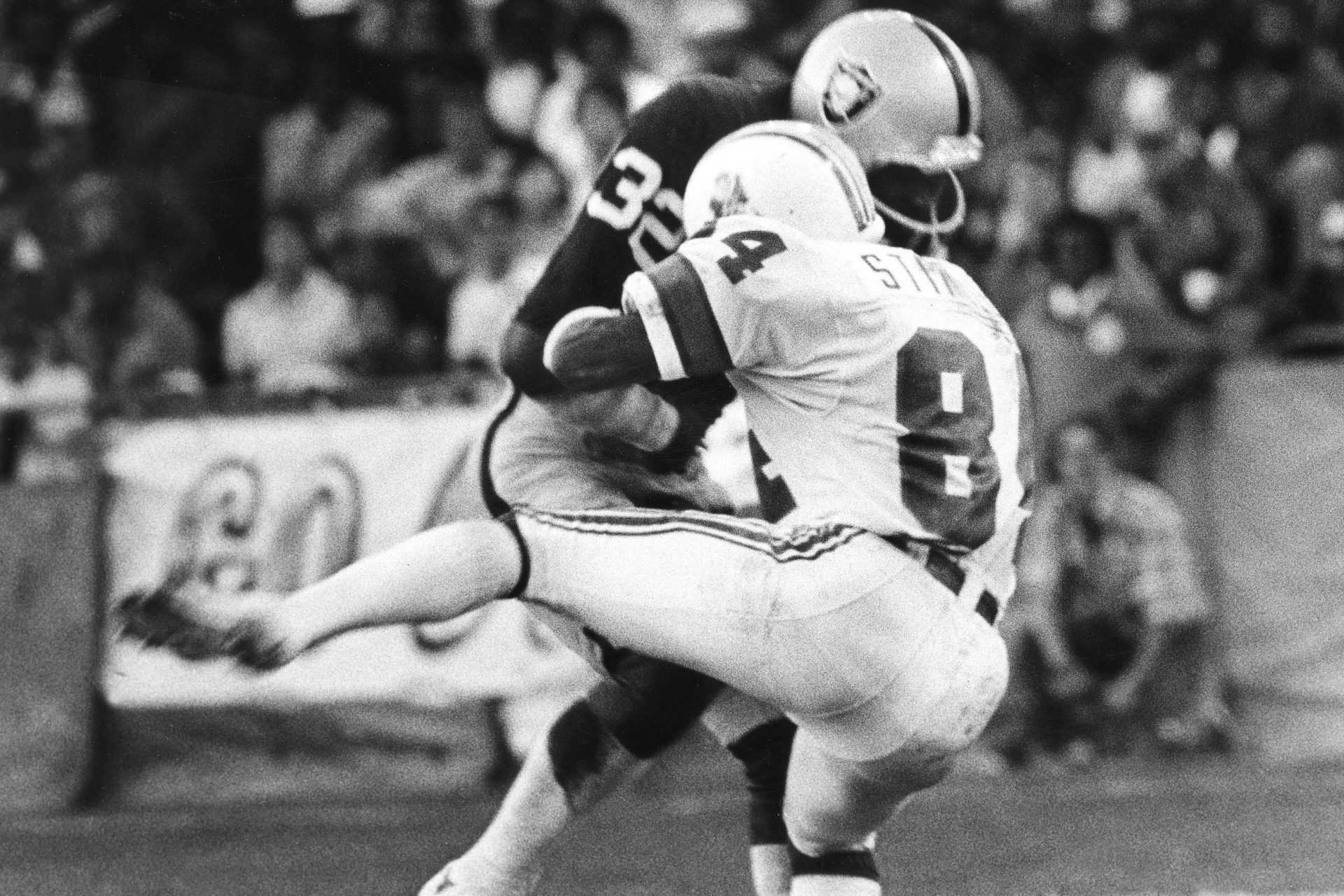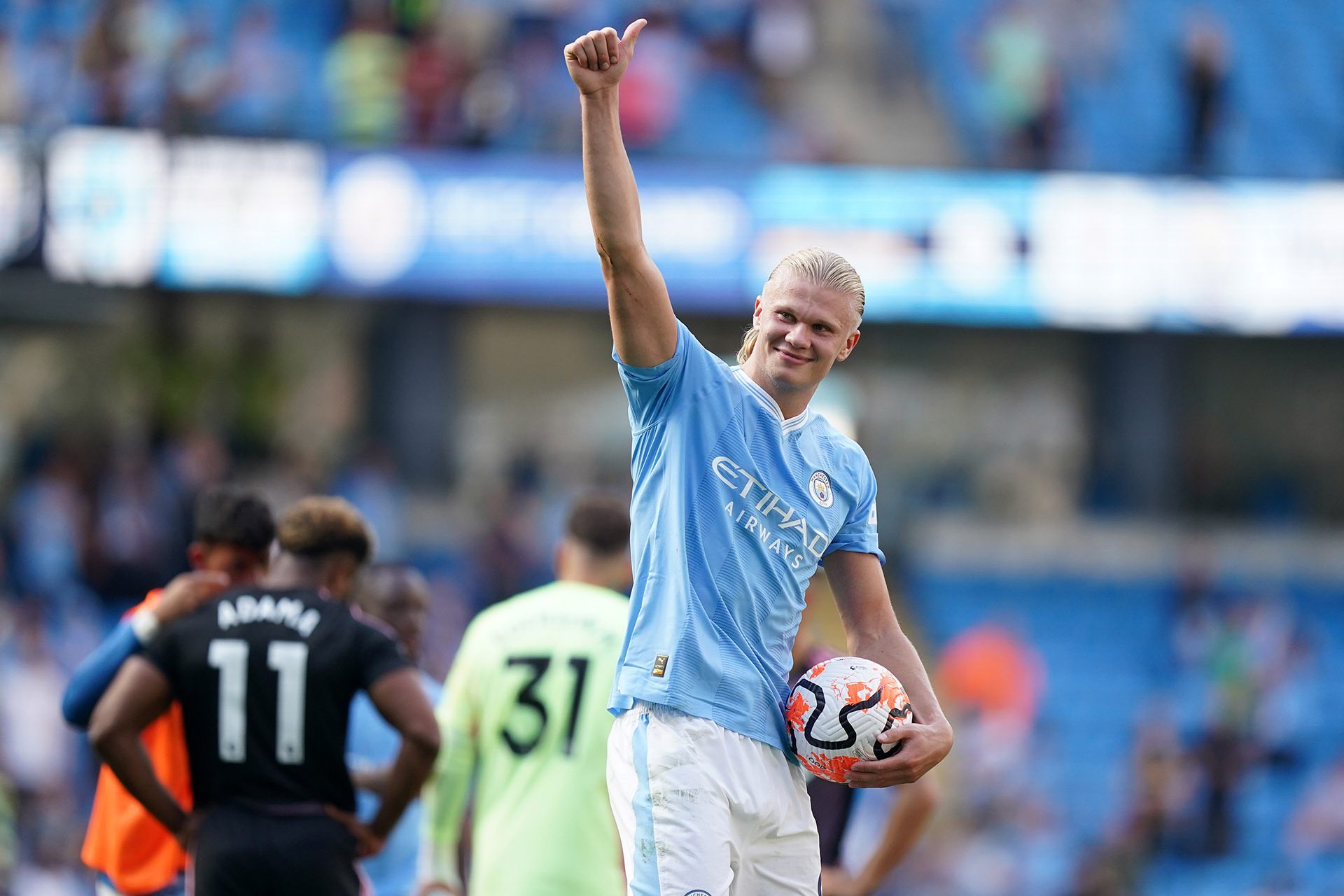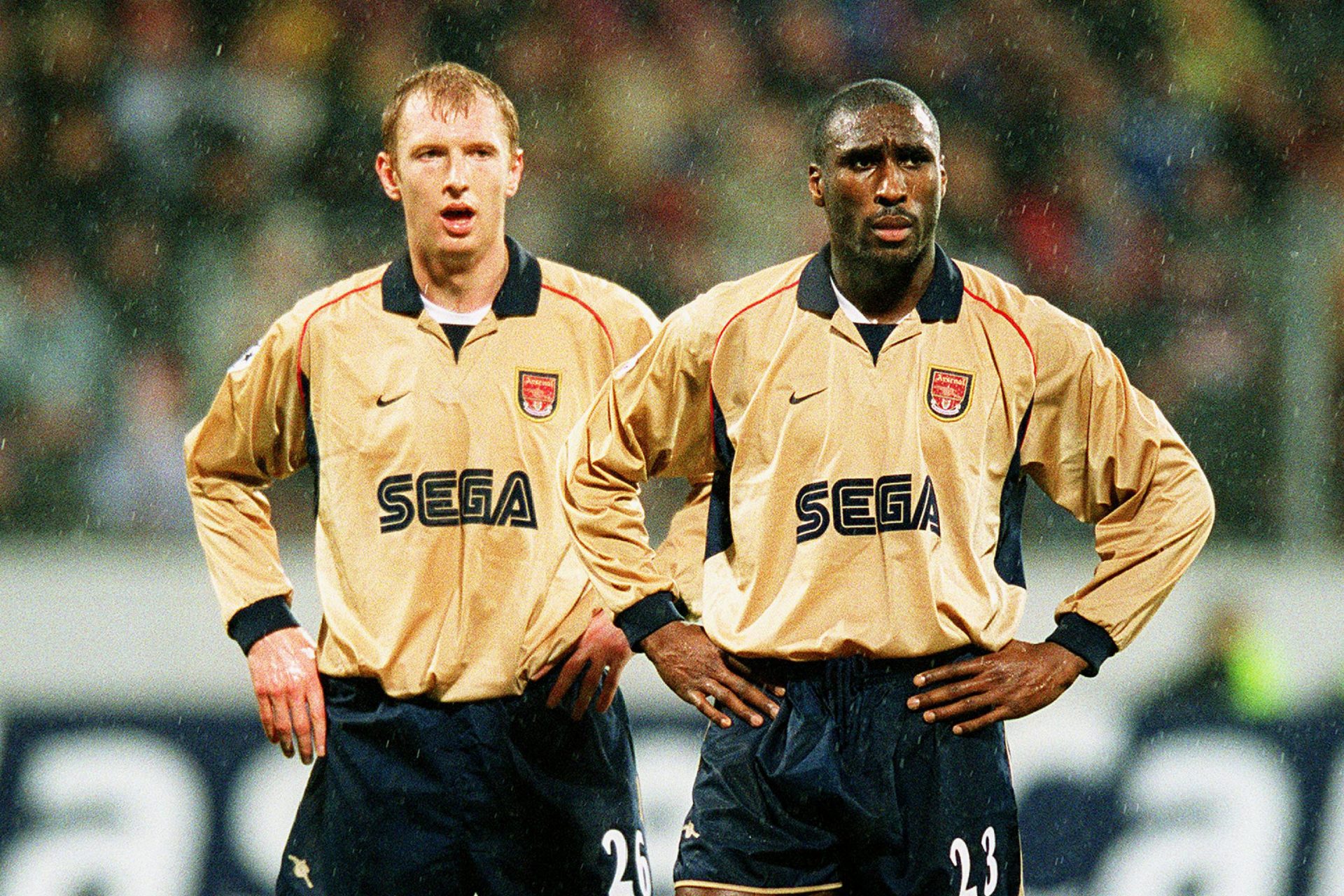Pelé, the king of Brazilian football
Pelé is one of the biggest and most iconic sports legends of the 20th century, a man who redefined football in Brazil and around the globe, with his style of play and his infectious smile.
Recognized all over the world, let's see what made Pelé a giant both on and off the field.
Pelé was born Edson Arantes do Nascimento on October 23, 1940, in the city of Três Corações, in the central-south Brazilian state of Minas Gerais.
Want to see more like this? Follow us here for daily sports news, profiles and analysis!
Pelé's father was João Ramos do Nascimento, a former footballer better known by the name Dondinho. He and Pelé's mother, Celeste Arantes do Nascimento, were very poor. They moved to Bauru, a city in the hinterlands of São Paulo, when Pelé was 4 years old.
From an early age, Pelé was encouraged to play football by his father. However, it was Waldemar Brito, a former player and coach, who discovered the young man's talent and invited him to join Clube Atlético de Bauru. Pelé, at the time nicknamed Dico, was only 11 years old.
A few years after having drafted Pelé for his team, Brito thought that the boy's skills deserved a bigger team. That's when he decided to take him to Santos Futebol Clube.
Pelé joined Santos FC in 1956, aged 16. Upon arriving there, Waldemar Brito foretold the team that: “This boy is going to be the best soccer player in the world”. His epic prediction is published on the club's official website.
In fact, it didn't take long for Pelé to be widely recognized across the country. He was the top scorer in the Paulista championship, with 36 goals. From there, his career took off. Pelé accumulated an multitude of titles.
He spent almost 20 years at Santos FC, from 1956 to 1974. During this period, the eternal number 10 shirt helped the club to win ten state titles and 6 national championships (Taça Brasil and Torneio Robertão), in addition to two Copa Libertadores and two World Championships. Clubs, in 1962 and 1963.
Photo: At Vila Belmiro Stadium, in Santos, 2014.
It was also for Santos FC that Pelé scored his thousandth goal, in a penalty kick, at the Maracanã stadium, in Rio de Janeiro, in 1969. He was 29 years old.
A few months after being drafted by Santos, he was invited to play for the Brazilian National Team at the 1958 World Cup in Sweden. He was, at 17, the youngest player to score a goal at the tournament. This record was broken in 2022 by Spanish player Gavi in Qatar.
Pelé's first goal in a World Cup was against Wales, in the quarters. At Sweden 1958, he also became the youngest player to win the World Cup.
Want to see more like this? Follow us here for daily sports news, profiles and analysis!
Interestingly, it was during that World Cup that Pelé was assigned his iconic number 10 by the FIFA officials since the managers of the Brazilian National Team neglected to send player numbers for the tournament.
The victory in Sweden in 1958 spearheaded what many consider to be the Golden Age of the Brazilian National Team, with two more world cups in 1962 and 1970.
At the Chile 1962 World Cup, Pelé only managed to play the first two matches due to an injury. This gave the opportunity to another Brazilian football legend, Garanchia, to shine. Brazil beat Czechoslovakia 3-1 in the final.
The 1970 World Cup in Mexico ended with another victory for Brazil, becoming at the time the only country with three world cups. At the end of his last World Cup, Pelé was regarded as the best footballer of the tournament.
Pelé left Santos FC in 1974 and moved to the United States to play for the New York Cosmos. His goal? To promote football in America, where the sport was not very popular.
The veteran player had his last match in 1977, in a historic game between the NY Cosmos and Santos FC.
In addition to numerous championship titles, Pelé was named Best Player of the Century by FIFA and the Best Player of the Century by the International Olympic Committee.
However, Pelé and his lasting influence in Brazilian society and in football around the globe have been immortalized in many movies and documentaries about him. He still remains a source of fascination to this day.
In the photo, Pelé with the American archbishop John Carberry, in 1973.
In a 2020 interview with CNN Brasil, Pelé revealed that he never thought he would be big: “I remember that my father took me to the Bauru train station to go to São Paulo and from there to Santos, where I trained”.
Pelé was largely responsible for making Brazil and football inseparable in everybody's mind. When asked if the South American country was still a great representative of the sport around the globe, Pelé replied: “Of course, in every country in the world there is a Brazilian player on the field!”
Here you can see Pelé and Lula da Silva, the President of Brazil at the time, in 2008 celebrating the 50th anniversary of the footballer's first victory at the World Cup in 1958.
Outside the field, Pelé was married three times. His final wife was Márcia Aoki (pictured), with whom he had a relationship from 2016 until his demise.
The Brazilian footballer was diagnosed with colon cancer on September 2021.
Want to see more like this? Follow us here for daily sports news, profiles and analysis!
Over a year later, in November 2022, the Brazilian newspaper Folha de São Paulo reported that Pelé was committed to São Paulo's Hospital Israelita Albert Einstein due to a respiratory infection and that he was no longer responding to chemotherapy.
Pelé passed away on December 29, 2022, at the age of 82. However, his legend will live on.
More for you
Top Stories



